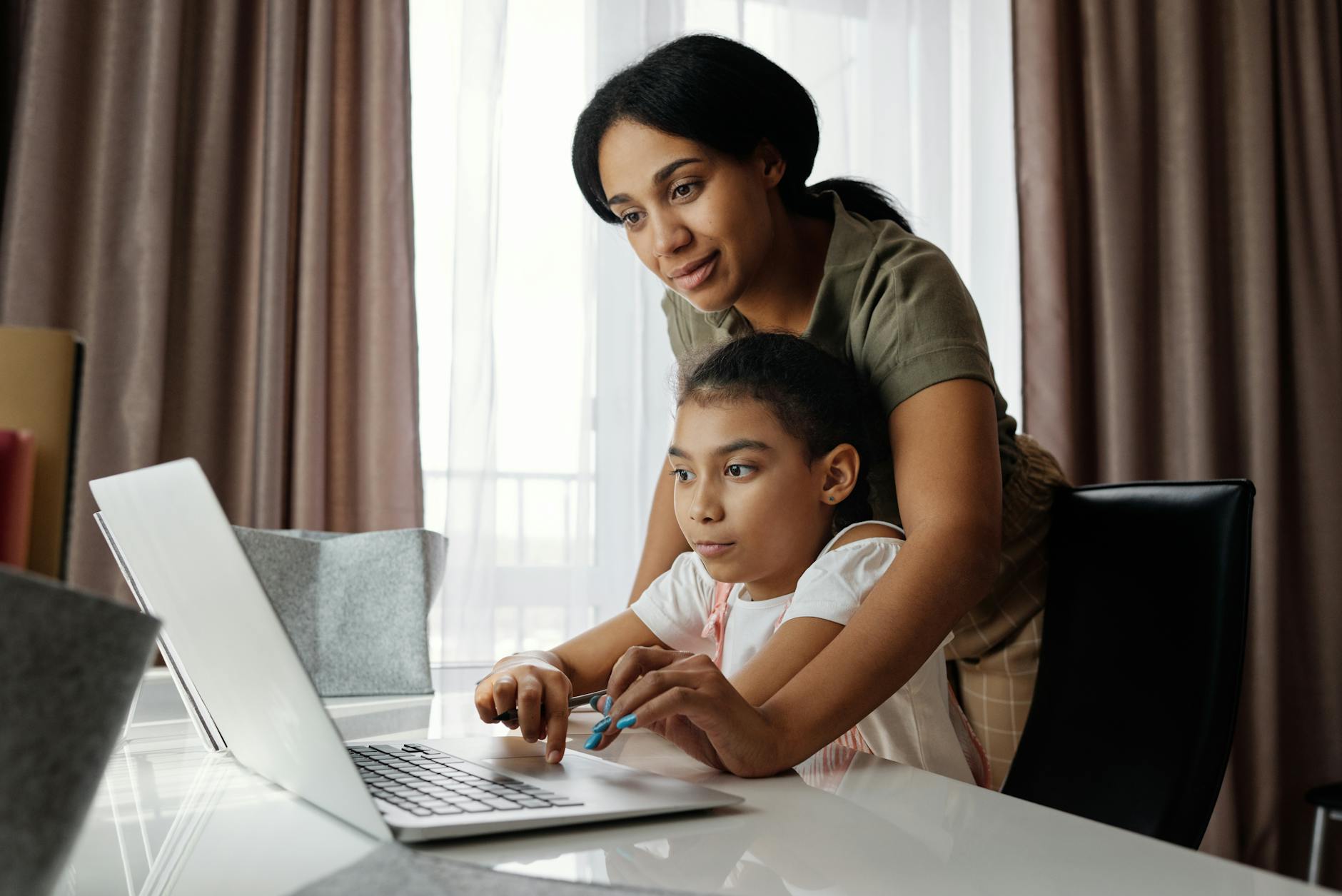Why Art Experiences in the United States Are Essential for Student Creativity

Benefits of Art Experiences
Enhancing Problem-Solving Skills
Art isn’t just about creating beautiful pieces; it’s a dynamic way to enhance problem-solving skills. I recall a session at the Art Institute of Chicago where students navigated through complex patterns and compositions. They learned to approach challenges like artists, tapping into their creativity to see solutions from different angles. Whether through cooking classes san francisco or a local pottery class right here in Chicago, art encourages students to think beyond conventional solutions.
Boosting Emotional Intelligence
Working with art provides an excellent platform for exploring and understanding emotions, both their own and those of others. During one of my teaching sessions at the Hyde Park Art Center, I noticed how painting helped students express feelings they couldn’t quite articulate with words. Art evokes empathy and provides a language beyond spoken words, a valuable tool for emotional intelligence. Participation in events like paint and sip NYC offers a charming blend of social interaction and artistic expression, further nurturing this development.
Promoting Innovative Thinking
Art experiences cultivate innovative thinking by allowing students to experiment and take risks without fear of failure. I've seen firsthand how art classes promote an environment where mistakes are part of the learning process. For example, in cooking classes NYC, experimentation with ingredients often leads to unexpected and delightful flavors, fueling creative thinking. Art activities provide a safe space for students to explore and innovate, laying down the blueprint for imaginative ideas and bold ventures.
Types of Art Activities
Museums and Galleries Visits
Exploring museums and galleries is akin to a treasure hunt for students, engaging them with diverse artistic cultures. One memorable experience involved taking a group of eager students to the Art Institute of Chicago, where they marveled at timeless works. Such visits provide not only visual pleasure but also serve as a window into historical and cultural narratives.
Interactive Workshops
Interactive workshops, such as virtual team building activities, foster direct engagement and creativity among participants. I recall organizing a workshop at the Art Institute’s learning center, where students crafted their own artistic pieces inspired by the exhibits. The tactile experience of creating art together ignites a creative camaraderie and allows for hands-on learning beyond traditional classrooms.
Virtual Art Tours
With advancements in technology, virtual art tours have gained popularity, providing access to art experiences from anywhere. An anecdote: when in-person visits were challenging, a virtual tour of the Chicago Cultural Center proved to be a captivating experience for students and teachers alike. It was enlightening to guide them through a digital landscape, sparking discussions despite the miles apart.
Incorporating these diverse art activities enhances creative learning experiences for students while broadening their understanding of art. Activities like paint and wine Bay Area events can even be adapted for educational environments to cultivate full immersion in the art world.
Student Engagement Techniques
Hands-On Participation
In my years of teaching, I've found there's nothing quite like a hands-on approach to engage students fully. The heart of this technique is encouraging learners to touch, feel, and mold their own creations, which is why I adore the possibilities that pottery classes Chicago offers. Imagine the vibrant expressions on students' faces as they shape clay into unique pieces, each an extension of their burgeoning creativity. This immersive experience not only captivates their interest but also fosters a deeper connection with the artistic process.
Collaborative Projects
Providing students with opportunities to work in teams can be a transformative educational experience. When learners join forces on a collaborative art project, they learn to communicate ideas effectively, compromise, and appreciate diverse perspectives. One memorable project I facilitated involved students creating a mural together, inspired by Chicago's iconic Art Institute of Chicago. The outcome was a masterpiece that blended their individual talents into a cohesive narrative, exemplifying how teamwork can enhance art and understanding.
Reflective Sessions
To me, reflection is the cornerstone of artistic growth. After completing an art piece or project, inviting students to discuss their process and insights leads to greater understanding and innovation. I've often organized group discussions after baking classes, where students share what they learned and enjoyed. Through reflection, they discover not only the techniques used but also the emotions evoked during the creative journey, leaving them feeling inspired and creatively charged to continue exploring art in all its forms.
Implementing Art in Curriculum
Integrating Across Subjects
When I first began teaching, I realised that creativity doesn't have to be confined to the art room. To truly engage students, integrating art into other subjects can provide a richer, more cohesive learning experience. For example, combining math lessons with projects in geometry using origami can help students visualise abstract concepts while honing their fine motor skills. I've also used storytelling in history classes, where students create visual timelines, painting their own interpretations of events. This cross-disciplinary approach encourages students to think critically and solve problems creatively. When possible, visiting local exhibitions like those at the Hyde Park Art Center can further inspire students by connecting classroom learning with real-world art pottery class San Francisco.
Encouraging Student-Led Projects
In my experience, giving students the reins in creative projects fosters responsibility and innovation. Allowing them to select themes and mediums based on their interests boosts engagement and gives them a sense of ownership in their learning. I've watched students thrive when converting a standard book report into a visual art project, transforming the narrative into a comic strip. These projects offer a platform for students to express their unique perspectives and develop their ideas. A visit to the Chicago Cultural Center could provide additional inspiration and expose them to a broader range of artistic styles.
Partnering with Local Artists
One of the most rewarding aspects of teaching is bridging the gap between the academic curriculum and the local art community. Inviting artists to conduct workshops offers students firsthand knowledge of art as a profession and expands their creative potential. For instance, a paint and sip San Francisco session in a classroom setting could introduce new techniques and provide a fun, relaxed environment for students to learn. Such partnerships highlight the importance of art as a living practice and help embed it deeply within educational programs.
Inspiring Art Experiences in and Beyond the Classroom
Planning an Art Experience
As I’ve guided many budding artists through the vibrant halls of the Art Institute of Chicago, I've often noticed how a thoughtfully planned art experience can ignite a spark in students. To craft an engaging art day, start by selecting a theme that resonates, perhaps inspired by the local scenes or pieces viewed at the Chicago Cultural Center. Identify objectives that align with what students hope to learn or feel, nurturing their curiosity for subjects like the Renaissance or contemporary installations. Whether planning a trip to a gallery or a collaborative workshop, always factor in logistics like budget, time, and how to get loan with bad credit if funding is needed, to ensure a seamless experience. The goal is to transport them beyond the classroom, opening their eyes to the vast possibilities within the world of art.
Assessing Student Engagement
Observing how students interact with art provides as much insight as the creation itself. I recall a visit to the Hyde Park Art Center where students were deeply engrossed by a participatory installation. Gauge engagement by noting whether students inquire, participate, and converse about the pieces. Consider creating a feedback loop through journals or discussions, allowing them to articulate what moved or puzzled them. The aim is for each student to find their own connection to the art, which will ultimately guide their personal or academic journey.
Gathering Feedback and Reflections
Reflection is as much an art as the creative process. Two weeks after a session, engage students in a reflective discussion or a creative writing assignment to express their takeaways. This mirrors the critiques often given in art classes, forging a deeper understanding of both the medium and their personal growth. Encourage educators to use tools like surveys to gather concrete feedback, enriching future experiences. Personally, I’ve seen students who documented their reflections show a profound evolution in their understanding, fueling their creative spark. By doing so, we create a nurturing environment where art becomes not just an experience but a milestone on their educational journey.


